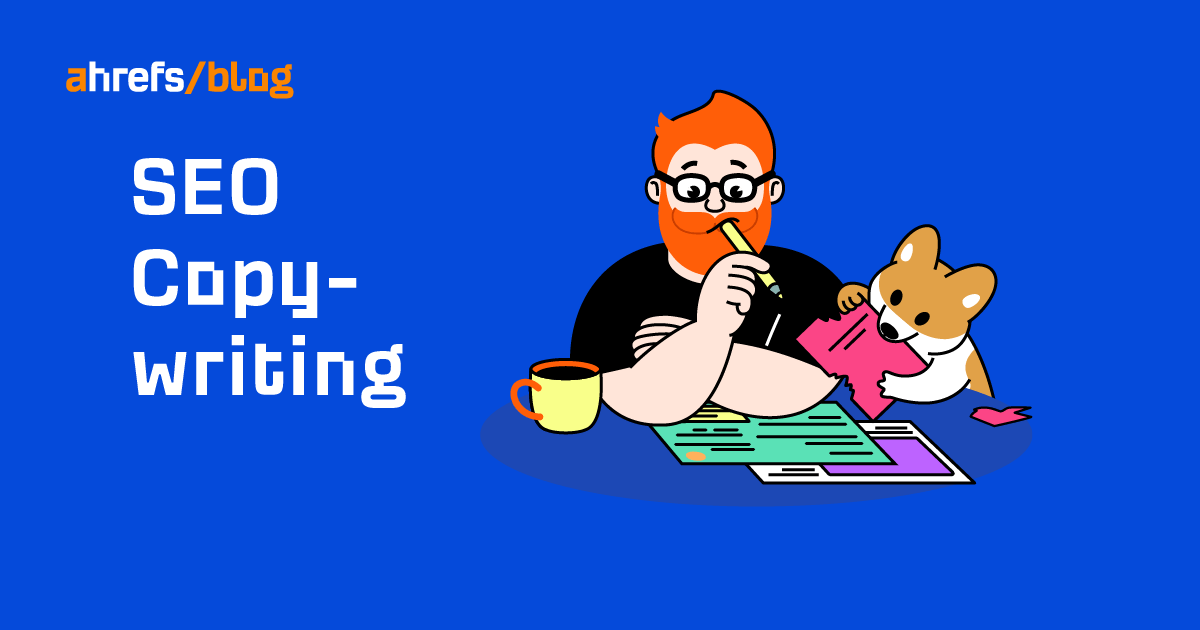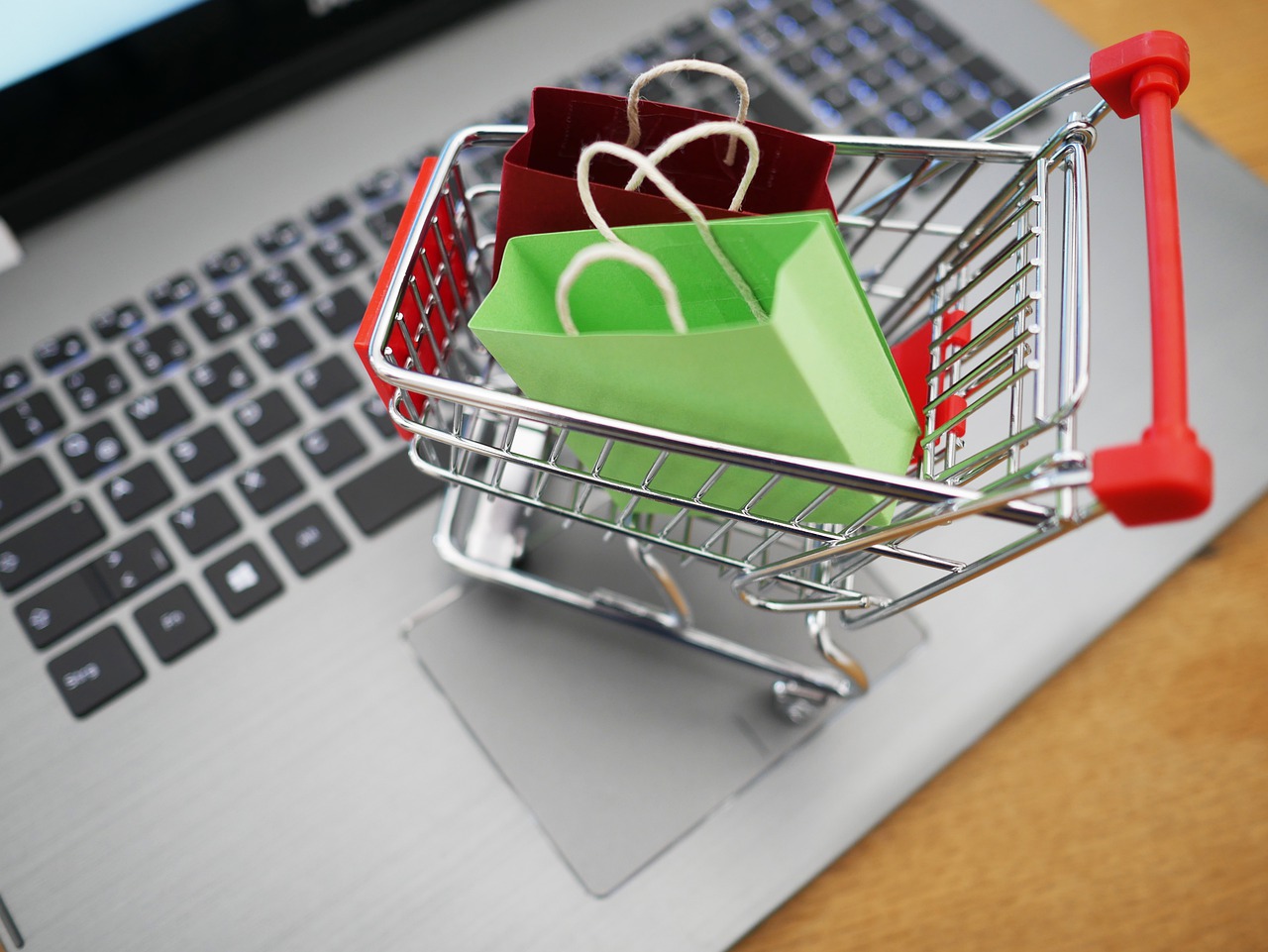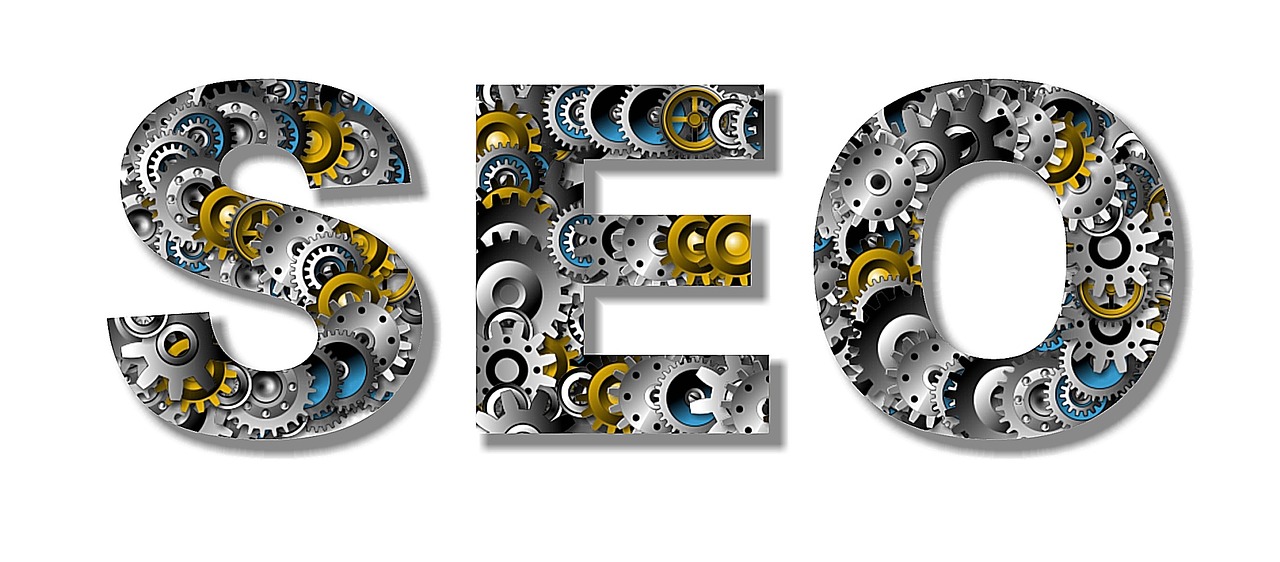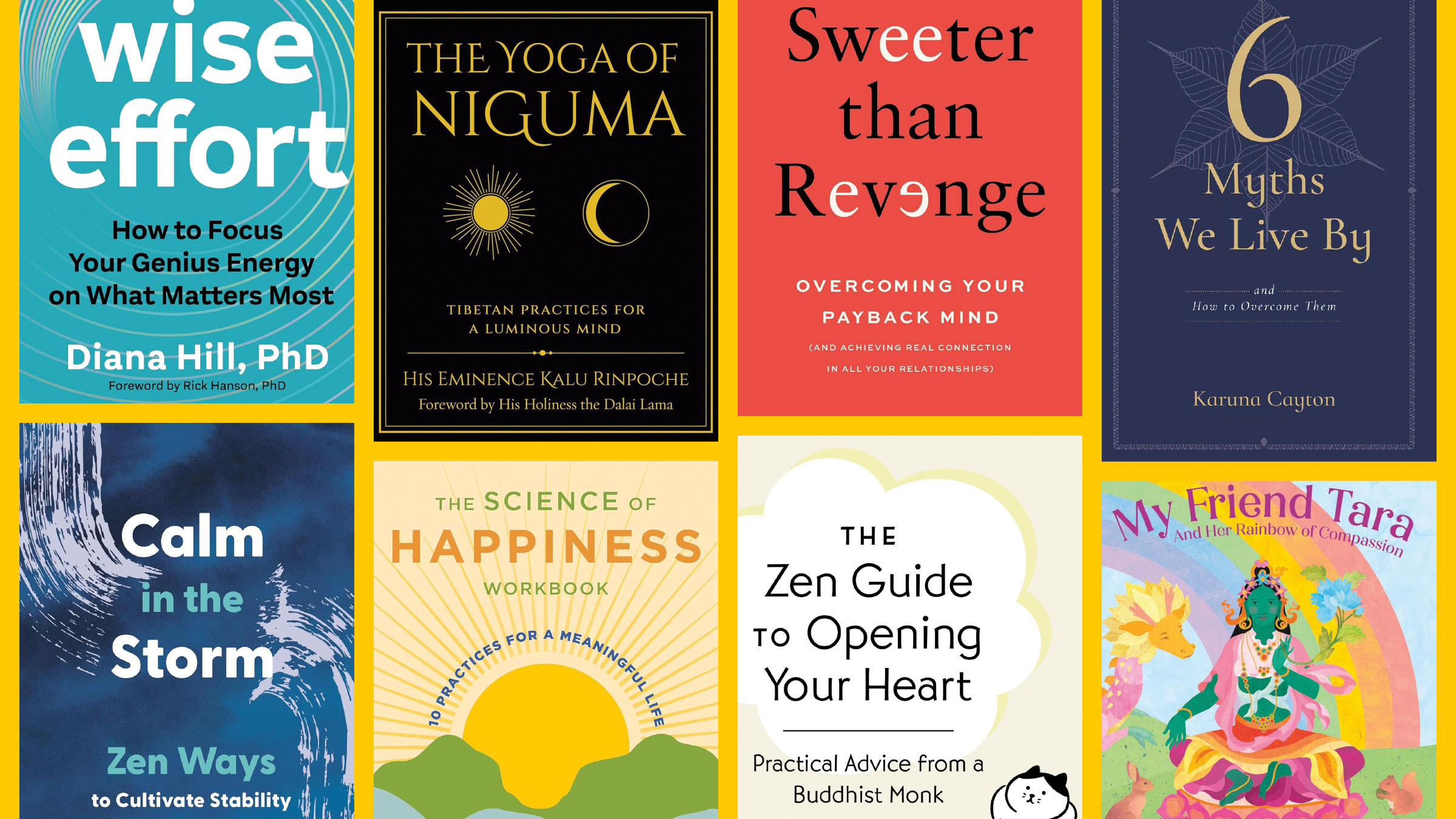Content Mapping: Art of Luring Visitors into Customers
Have you ever thought about what lures your website visitors to become your customers? It’s your content. No matter how powerful the features of your products or services are, you won’t be able to achieve the desired results for...

Have you ever thought about what lures your website visitors to become your customers? It’s your content.
No matter how powerful the features of your products or services are, you won’t be able to achieve the desired results for your business if you don’t connect with the right audience at the right time.
Your content makes it happen by talking to your potential customers on your brand’s behalf. In short, your content is the voice of your brand.
That said, content creation is no guessing game or some flick-and-swish magic you do on the go. It requires effective research and planning to create content that your prospects are searching for and deliver it to them just when they need it.
Helpful content that connects with the right audience at the right time is what nurtures your Google rankings, drives qualified leads and boosts your business ROI ultimately. That’s the true potential of well-timed, user-centric content.
But do you know that you can unleash the power of content for every stage of the buyer’s journey and turn the table in your favor?
Yes. You can scale up your profit margins like a pro if you know how to craft an amazing content experience for your audience throughout their customer journey.
What if I told you that there’s a secret sauce? Enter content mapping.
Want to see your website at the top? Don’t let your competitors outshine you. Take the first step towards dominating search rankings and watch your business grow. Get in touch with us now and let’s make your website a star!

Understanding Content Mapping
A content map is your content blueprint. It reflects how you plan to deliver content to your potential customers at every stage of the buyer’s journey.
A content map allows you to craft content that aligns with specific buyer personas and mimics how exactly your content will reach the right audience at the right time and place.
Let’s say, for example, your company develops food delivery management apps like Grubhub. Let’s segment people who will benefit from your product. They include food delivery marketplace managers, restaurants and delivery executives. These are your target audiences and your content map has to focus on producing content pieces that address the pain points of each of these buyer personas. As they walk down your sales funnel, you need to tell them how your product can be the best solution to simplify and streamline their business operations and deliver a great experience to their end customers.
For all these, from the beginning to the end, your content is key. That said, creating a result-focused content map can bolster your marketing efforts by facilitating you to deliver content just the way you want and smoothen the otherwise rocky road to reach your SEO goals.
Now, don’t confuse the concept of content mapping with content strategy. No, they aren’t the same.
So, what sets a content map apart from a content strategy?
While the content strategy outlines content creation and promotion to achieve marketing objectives, content mapping is a more detailed process that breaks down the content strategy into individual content pieces. In other words, while your content strategy focuses on the what and why of the content, your content map focuses on the how and where of it.
To get a bullseye shot at taking your prospects down the sales funnel using your content strategy, you need to be pretty clear about what content you offer your prospects at each stage of the buyer’s journey. That’s exactly what effective content mapping helps you with.
Personalizing content for specific personas will come in handy to address their pain points while showcasing your industry expertise throughout the entire buying journey. This will, in turn, foster the buyer’s trust in your brand. That’s why content managers and SEO marketers leverage content mapping to capture qualified leads at specific stages of the customer journey.
That said, the ultimate goal of content mapping is to create a personalized content experience for users throughout the buying journey.
The Purpose of Content Mapping
As you now know, content mapping aims at providing a customized content experience online all the way for the users. But how? To comprehend that, let’s get a bigger picture of the purpose of content mapping.
The buyer life cycle involves three different stages and you use the content map to be visible to your potential customers all along the path of the purchasing journey. These stages include
Awareness- In the awareness stage, the buyer realizes that there is a problem but knows neither how to specifically define nor solve it.Consideration– In the consideration stage, the prospect has successfully pinpointed the issue and is looking for potential solutions.Decision– The decision stage is the final phase of a buyer’s journey. In this stage, the user has identified the solution for the problem in question. They now begin looking for the best provider in the market to purchase the solution.All three of the buyer’s life cycle stages are equally important. BEWARE: ignoring or misleading your potential customers in any of these stages will annoy them. As a result, you may miss out on qualified leads, which will otherwise be profitable sales for you.
Now, what connects these three stages of the buying process is your content. In other words, your content is your secret weapon to translate these prospects into your customers. Leverage content mapping to plan your content and unleash the true potential of your content to reach your SEO milestones in style.
Design your content map in such a way as to produce content that adds value to your potential customers and guides them through the buying process.
Benefits of Content Mapping
Why do SEOs use content mapping? That’s because it works. Here’s a look at the benefits of content mapping for SEO.
Understanding Your Audience
As I mentioned earlier, identifying buyer personas is an integral part of content marketing. You have to do focused market research to narrow down your buyer personas and identify their pain points.
That said, content mapping helps you to take a much closer look at your target audience and their specific challenges and requirements. The better you know your audience, the better you will be able to craft your products and services to suit their needs. That’s a win-win.
Ensuring Each Content Piece Serves a Specific Purpose Aligned with Business Goals
Every step you take in the right direction brings you closer to success. This is true in content mapping as well. When you have a content map, you create each content piece to serve a specific purpose.
This ensures that your content significantly contributes to strengthening your marketing efforts, thereby helping you to achieve your business goals in the long run.
Maximizing the Potential of Your Content
By designing a content map, you motivate yourself to create targeted content that addresses potential customers in every buying stage. This way, you reduce the existence of content gaps on your website and ensure a smooth and purpose-led online experience for your users.
This helps you to position yourself as a subject matter expert in the eyes of your users and Google alike. This way, content mapping boosts your content’s potential and bolsters your site’s E-E-A-T while contributing to more traffic, increased authority and higher rankings.
Gaining Engaged and Loyal Customers
As content mapping focuses exclusively on buyer personas and eliminates potential content gaps, it opens doors for a search intent-focused, value-added content experience for your website visitors.
This tells the users that your site is a trusted and relevant source of information. That way, you earn their trust and the chances of them becoming your customers in the course of the buying journey are pretty high.
That said, when done right, content mapping helps in building a value-driven, loyal customer base for your brand.
Improving Your ROI
When you do content mapping, you want to enhance your website’s content infrastructure in such a way that it supports an intact customer journey that ends up in increased sales for your business.
With that said, content mapping plays an undeniable role in bringing more prospects your way and converting them into your customers, all by using content the right way.
Increased sales obviously extends a positive impact on your business ROI, right? That’s the point.
How to Create an Effective Content Map
Here, we come to the most important part of it– how exactly do you create a content map that works? Let me walk you through the process one step at a time.
Preparation
Before you get started with your content map creation, I suggest you have your content strategy all set.
Didn’t I mention earlier that the content strategy outlines content creation and promotion while content mapping magnifies the content strategy into individual content pieces? You need a skeleton or base plan on which you can build your content map, right? That’s the point.
The presence of a well-defined content strategy can make content mapping a lot easier than creating one without it. You will see this as we proceed on to further steps of creating a content map.
Who- Understanding Your Audience and Identifying Buyer Personas
Your target audience is your portkey to break through content mapping, which will otherwise be a never-ending maze.
However, if you think identifying your audience is all a guessing game, you are gravely misled. Without rightly understanding your target audience and their preferences and shopping behavior, you will get nowhere in content mapping. That’s why focused audience research is paramount.
So, where do you get started?
Look for and analyze existing market data, including statistics and research studies relevant to your niche. This should be especially useful if you are a newbie brand in the industry.
Alternatively, you can also conduct surveys and polls on social media and other discussion forums to collect first-hand data.
Once you have the target audience data, you can identify your buyer personas based on the commonalities shared by particular groups of people.
What- Narrowing Down the Buying Stages of Your Personas
Once you set your buyer personas, you need to put them through the three stages of the buyer’s journey- awareness, consideration and decision.
Awareness
Awareness is when the buyer feels the symptoms of the problem but does not yet know what triggers it.
Suppose you are a logistics solution provider and your prospect runs a logistics business. In the awareness stage, your potential customer realizes that something is affecting the operational efficiency of their business but doesn’t know what exactly it is and how to solve it.
Consideration
Consideration is when the buyer pinpoints the problem and begins looking for potential solutions to get it out of the way.
Let’s take the same logistics business example as above. In the consideration phase, your potential customer has located the problem that the manual logistics methods they use are hindering fleet transparency and decreasing their business productivity. As a result, they start looking for a solution that will eliminate the problem.
Decision
As the very term gives it away, the decision stage is where the buyer finalizes on buying a product and begins searching for the right seller out there.
Let’s go back to the logistics business example one last time. Your potential customer decides to buy a digital logistics solution that offers them real-time fleet visibility and helps enhance their logistics operations. As they consider different vendors to purchase the solution from, you need to convince them to choose your brand over your competitors.
In each stage of the buying journey, the customer will have different queries in their mind. You need to identify them when creating your content map. This will help you choose your content ideas wisely and craft your content in such a way that it answers the buyer’s queries.
Where/ When- Choosing Content Types for Each Buying Stage
Now that we’ve covered buyer personas and buying stages, it’s time to find out which type of content you offer the buyers at each stage of the purchase journey.
Awareness Content
The content you provide your target audience at this stage should educate them on a specific topic and help them identify their problem. The recommended content types for this stage include blogs, ebooks, infographics, how-to guides and informative social media posts.
Here are some examples of awareness content from our blog.
Why Your Organic Traffic Is Dropping and How to Fix It Google Page Loading Speed: How Fast Should Websites Load in 2023Link Spam: Understanding Its Implications and Risks on SEOConsideration Content
In the consideration phase, your content should aim at helping your audience to choose between multiple options. The content types for this stage include but are not limited to blog posts, how-to guides, webinars, whitepapers and more.
Here are some examples.
18 ChatGPT Alternative AI Writers & Content Generators53 Free SEO Chrome Extensions for Your ToolbarDecision Content
At this stage, your content should tell the buyer how your product or service is just the solution they are looking for. This is not about brand promotions but how your service can benefit your customers. The content types for this stage include case studies, reviews and product pages.
Check out the examples below.
Babymychii Increased Organic Search Traffic by 10x Investing in Stan’s Fully Managed SEO RDP Business Scoops 3X Organic Growth in 4 MonthsPowerful Backlink Building ServicesHow: Evaluating Existing Content and Planning New Content Based on the Content Map
Now that you know what type of content is suitable for each buying stage, use your content map to categorize your existing content pieces based on buyer personas and the stages of the buying journey.
This way, you will be able to identify potential content gaps along the path of your personas. You have to fill these gaps by creating appropriate content.
Go through your content map to identify key terms your personas use to search for what they want. Based on your findings, identify new keyword opportunities and content ideas using a keyword research tool like Ahrefs or Semrush.
As you identify new content ideas and topics, compare them with your content map to ensure a customized content experience for your prospective buyers.
Documentation
It is essential to document every small progress when it comes to content mapping. This will make it easier for future reference.
Expand your content map as you find new content ideas and create fresh content. This way, your content map stays updated and ready for use at all times.
You can document your content map in whatever way you understand. If you need help there, check out my content mapping template below.
Feedback Loop
Getting feedback from your readers is essential to understanding their needs and creating content that addresses them. That’s why you need a streamlined feedback loop.
It can be anything like including a comment section beneath your content, adding prompts for live chat or providing your contact information (such as your professional email ID or a link to your social profile) that allows your prospects to record their feedback.
Performance Measurement and Adaptation
How do you know if your content map works?
You can monitor the performance of your content by tracking web traffic, click-through rate and other user engagement metrics with tools like Google Analytics, Semrush and Ahrefs.
If you see improvement in these numbers, it’s a sign that your content mapping strategy is working. On the contrary, if you don’t see significant results, it means that you need to tweak your content map to align better with your SEO goals.
Content Mapping Tools
Content mapping may seem confusing and time-consuming at times. However, you can make it a cakewalk with the right tools by your side.
Google Analytics– Get to know what your visitors prefer when they visit your site and find out patterns in terms of customer behavior.Hubspot– Leverage Hubspot’s CRM to identify commonalities between your audiences and effectively segregate buyer personas. Narrow down high-value leads that are close to purchasing your product and channelize your marketing efforts to translate them into your customers and boost your ROI.Ahrefs– Monitor website metrics, analyze user behavior and conduct keyword research to find out content ideas to fill the gaps in your content map.Semrush Marketing Calendar – Map out every action you perform in connection with your campaign using the built-in task management feature of this tool and promote effective team collaborations.Google Docs– Make notes regarding your content plans on a Google document and never miss out on a single beat when creating your content map.SurveyMonkey– Conduct buyer surveys and get actionable insights to establish a rapport with your potential customers.Lucidchart– A picture is worth a thousand words. Visualize your content map in the form of a diagram and get a 360-degree view of it instantly.Potential Pitfalls to Avoid
Here’s a look at some don’ts in content mapping. Consider them when creating your content map to avoid a bad fall.
Working Without Personas
Buyer personas are the nucleus of content mapping. Setting out to create a content map without segmenting your buyer personas is no less than a blind man’s buff. Without knowing who exactly you are addressing using your content, you will never be able to achieve your SEO goals. It is nothing but an investment of time and effort in the wrong direction, which will hardly bear any fruit.
Ignoring Content Gaps
Content gaps in your map signal a loss of opportunities. If there are gaps along the path of the customer journey, you are most likely to lose out on your prospects. That means you won’t be able to move the leads any further down your sales funnel to convert them into sales. Content gaps reduce the conversion potential of your content and negatively impact your business ROI.
Not Meeting User Intent
When narrowing down keywords and content ideas, it is important to ensure that they meet the search intent of the users. If not, your content won’t fetch you a good number of qualified leads. Also, when keywords don’t align with the search intent, users will find themselves in the wrong places. For example, you can’t take a user searching for “how to make coffee?” to a product page that sells coffee beans. But this is what may happen if you ignore user intent when adding keyword ideas to your content map.
And the result? That will lead to poor user experience and exert a negative impact on your Google rankings.
Content mapping may seem complicated and time-consuming. However, once you get the hang of it and experience the amazing benefits it has in store, you will have absolutely no regrets.
A well-designed content map backed by dedicated market research comes in handy to deliver a top-notch content experience to users, which unlocks significant following and ROI growth for your brand in the long run.
Make sure you update your content map as you add new content to your website in order to continue offering a rich content experience for your users.

 Aliver
Aliver 































